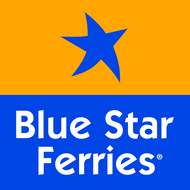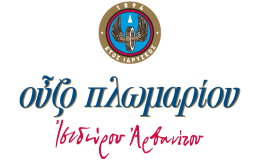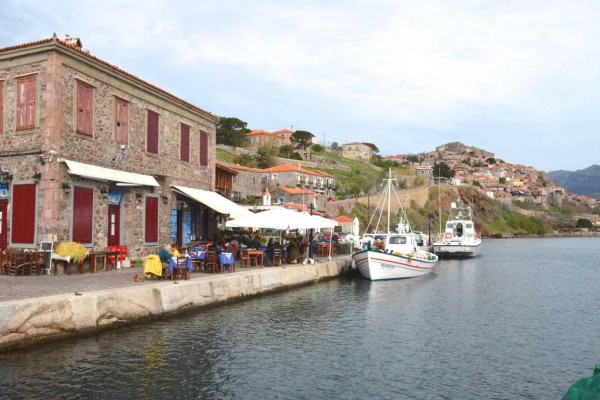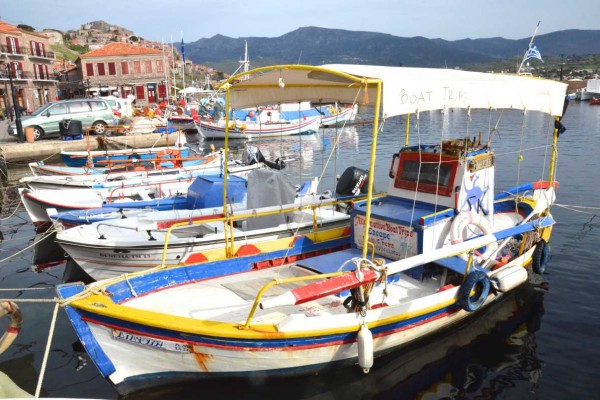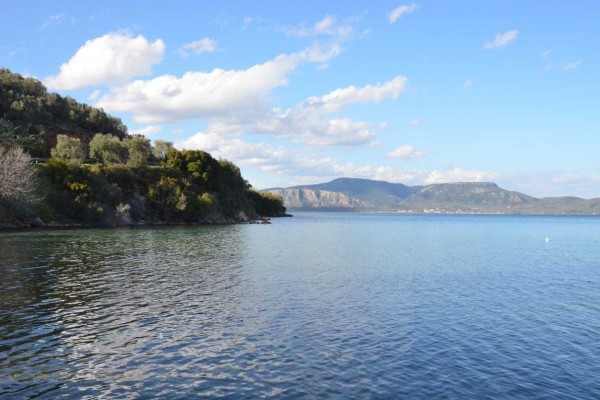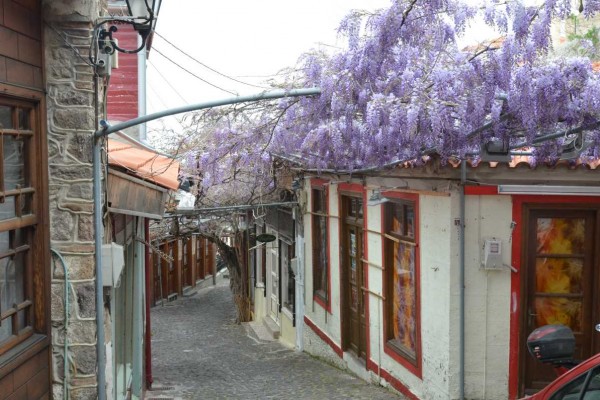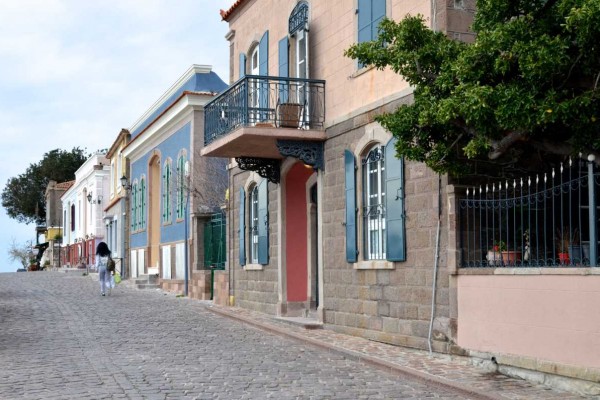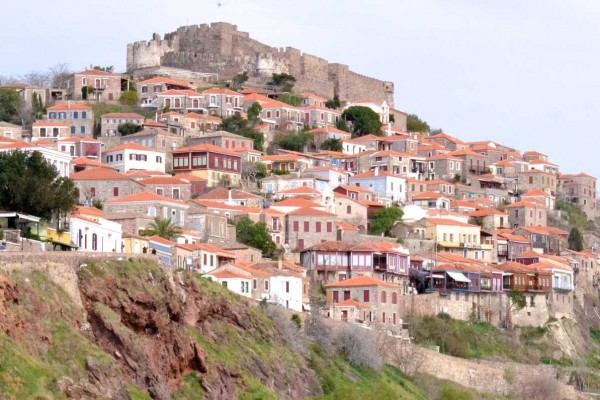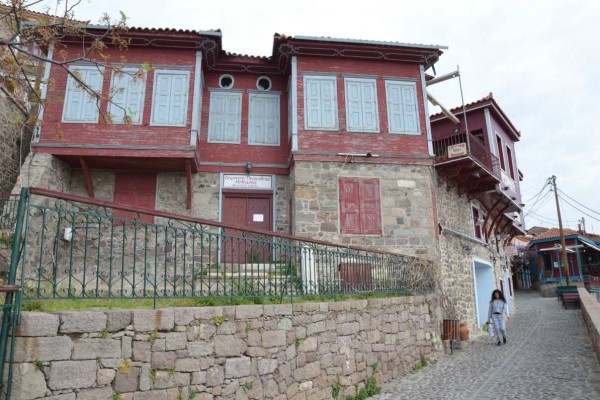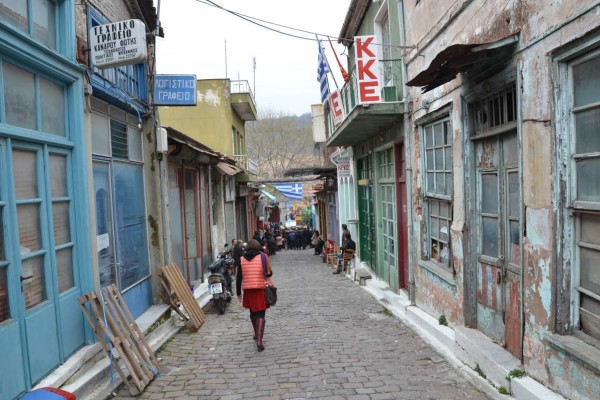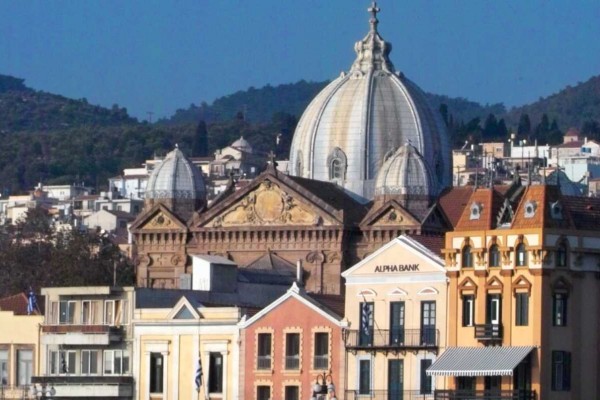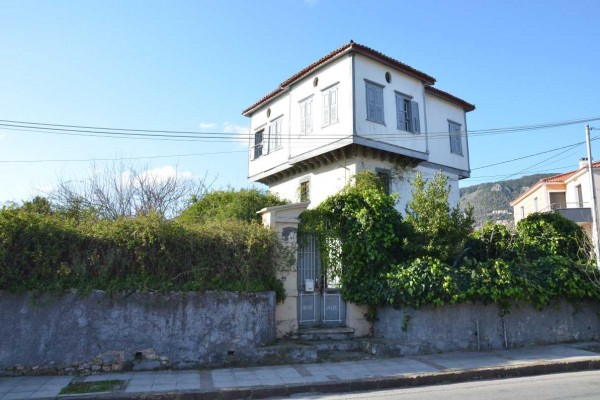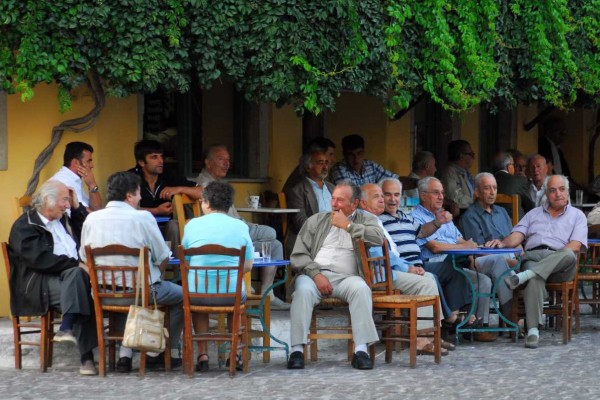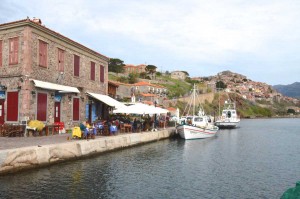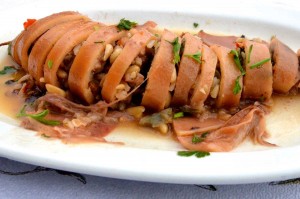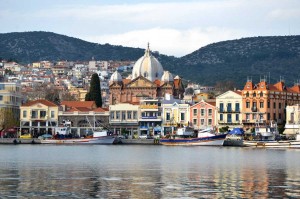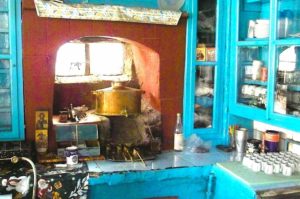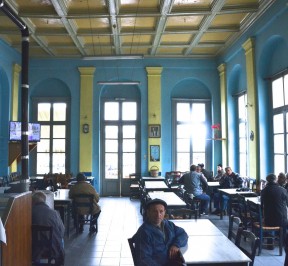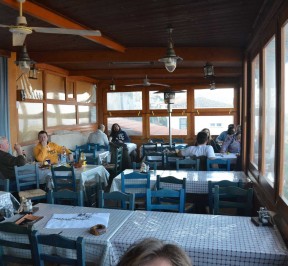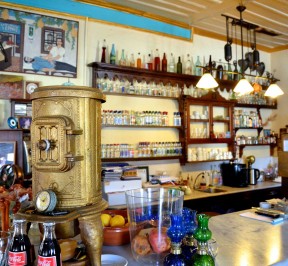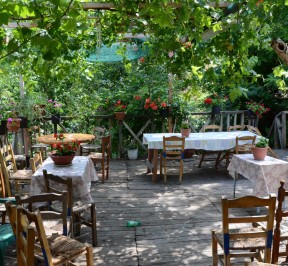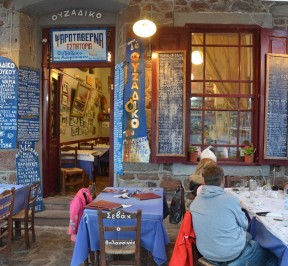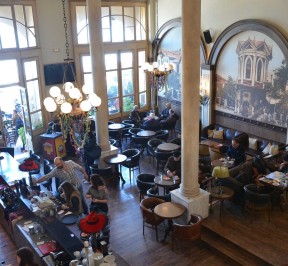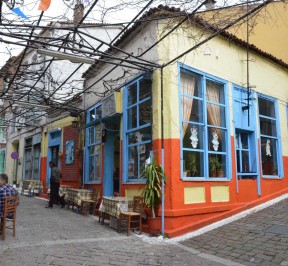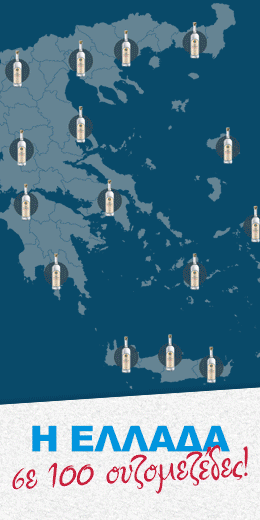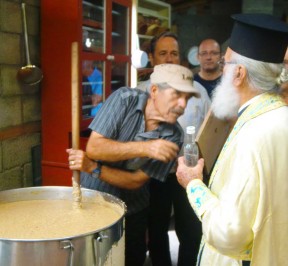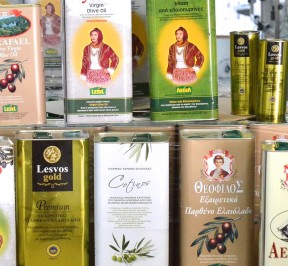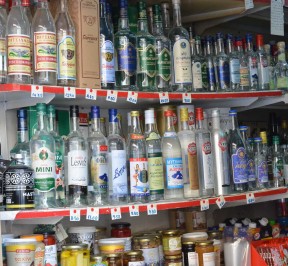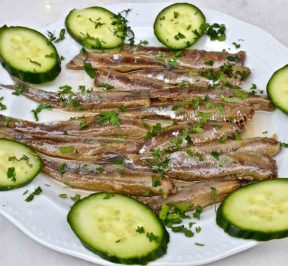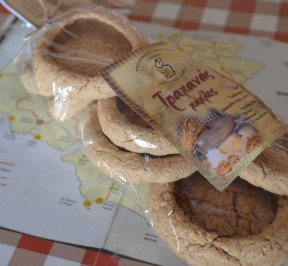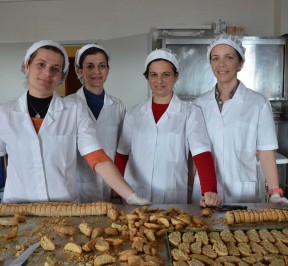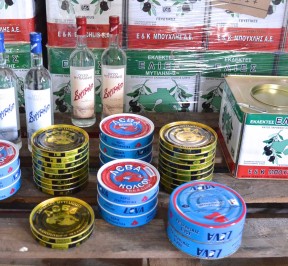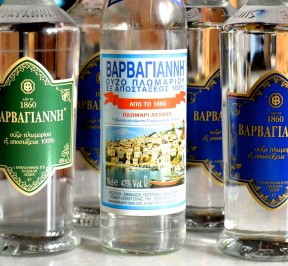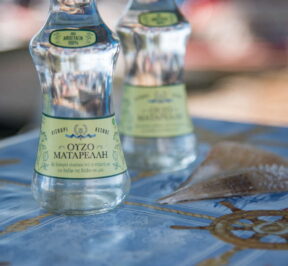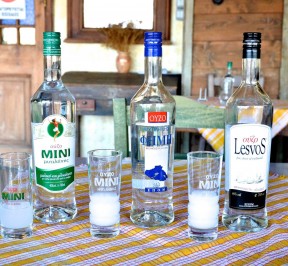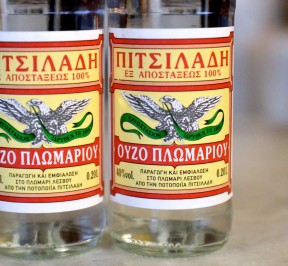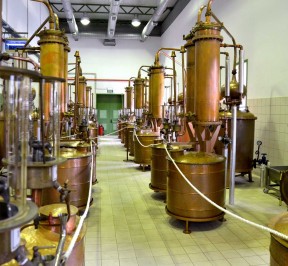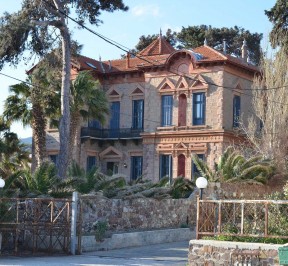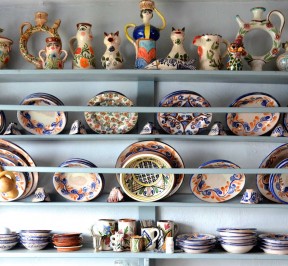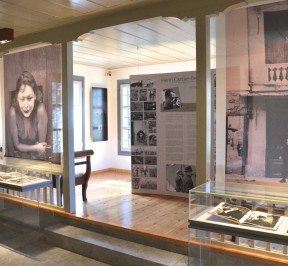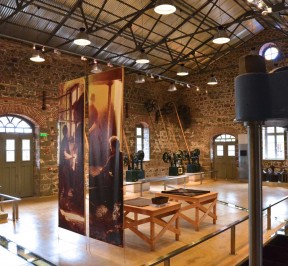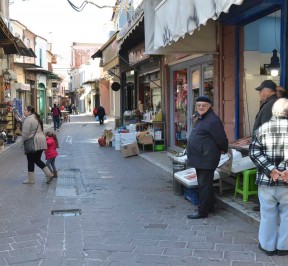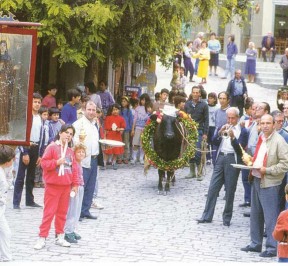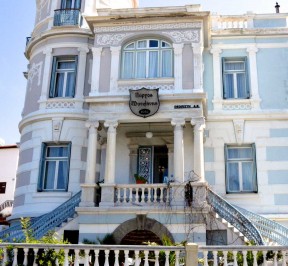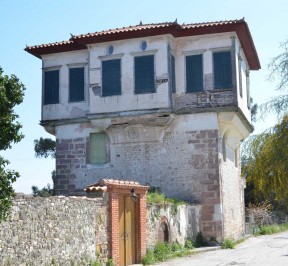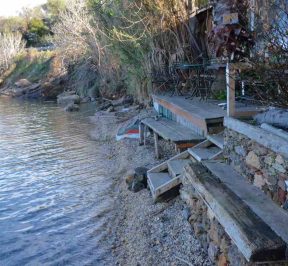Η Lesvos located in the northeastern Aegean next to the Turkish coast, is the third largest Greek island after Crete and Evia, (has an area of 1.636 sq. km. and a population of 85.000 inhabitants) and is an earthly paradise, literally drowned in nature.
In the countryside the landscapes are sometimes calm, soft with olive groves, chestnut forests, pines on Mount Olympus, oaks and spruce, and sometimes wild, rocky in the area of Eressos reminiscent of Mani, and elsewhere pastures, surround the two large bays of Gera and of Kalloni and around the habitats that host flocks of passing birds, egrets, herons, storks.
There is no island with such a rich and diverse stock of well-preserved built environment. Both the city of Mytilene and the large towns of Ag. Paraskevi, Plomari, Polichnitos, Molyvos, Agiasos, but also the dozens of villages win you over with their picturesqueness with the cobbled streets and the beautiful houses.
Homes of many categories: the tower houses of the lords in the countryside of Mytilene, the "Turkish houses" with their sahnis on the upper floor, the mansions of the villages, the country villas of the towns, the mansions of the 19th and the beginning of the 20th century, the time when -mainly in Mytilene- the lords produced wealth and culture. Public buildings, unique churches and metropolises, schools and high schools with monumental architecture, industrial buildings (oil mills, soap factories, etc.). bath buildings that utilized the warm waters of the island, humble farm houses, but also cafes, the most and most beautiful cafes in Greece.
Mytilene is called the capital of the island, although many use the word referring to the island. In fact, even Lesbians outside Mytilene, are accustomed to call their island Built on the southeastern tip of the island on seven hills with a population of around 30.000 inhabitants, Mytilene enchants visitors with its beautiful mansions, examples of the bloom in the 19th and early 20th century.
The first regime of lesbian cities in antiquity seems to have been the kingdom and then passed from oligarchy to tyranny and thanks to the wise Pittakos acquired in the 7th BC. century democratic state.
From 1355 to 1462 the island belonged to the Genoese family of Gatelouzi, who managed to establish their hegemony as one of the most powerful in the east.
In 1462 the island is occupied by Mohammed II. The first revolutionary movement against the Ottoman Empire took place in 1817, in 1821 the military plan for Chios and Mytilene failed and in 1822 another attempt was made to revolt Lesvos but the massacre of Chios led to the abandonment of this effort.
With the reforms that were implemented with the decree of Rodokipos (1839) the economy of the island changes form and from closed agricultural, it opens to the international market with the trade mainly of soap and oil. The population of the island is estimated to have increased from 12 to 14 thousand in the middle of the century, to 19 to 100 thousand at the end of the 130th century. The union with Greece took place in 1912.
Times changed, Lesvos in the middle of the 20th century, lost its dynamism and the 140 oil and soap factories closed. Nowadays, the island tries to develop the agri-food sector, mild tourism and to utilize its unique cultural reserve.
PLACE & HISTORY - TRADITIONAL KITCHEN
TAVERNS - RESTAURANTS - CAFES
PRODUCERS - WINERY


